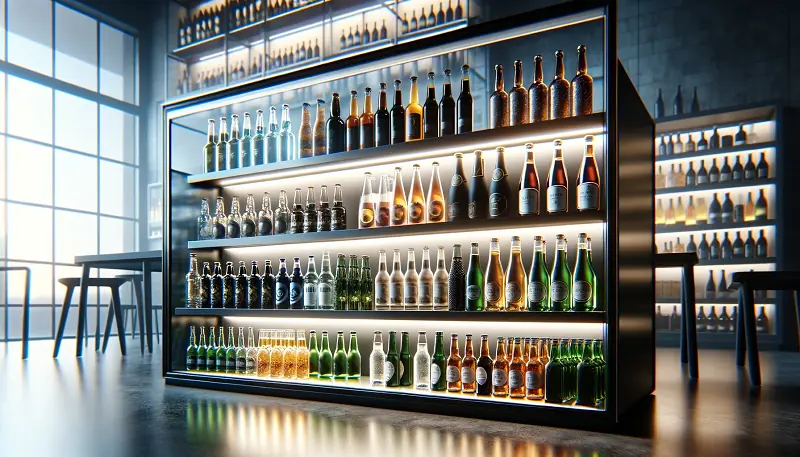Glass packaging has long been revered for its aesthetic appeal and robustness, offering an unrivaled level of preservation and protection for a wide range of products, especially beverages. Glass packaging plays a pivotal role in maintaining beverage quality and taste through its inert nature and impermeability. Here’s how it contributes to preserving the integrity of the beverages:

Chemical Inertness
-Non-Reactive:
Glass is non-reactive and does not leach chemicals into the beverage, maintaining the original taste and quality over time. This is particularly vital for acidic contents like citrus juices or vinegars, which can react with other materials.
-Preserving Flavor:
The chemical makeup of glass ensures that it does not absorb odors or flavors, preventing cross-contamination and keeping the intended flavor profile intact.
Barrier Properties
-Oxygen Transmission:
Glass offers an excellent barrier to oxygen and carbon dioxide, crucial for preserving the freshness and effervescence of carbonated drinks. This helps in maintaining the taste and prevents the oxidation of contents.
-Light Protection:
Colored glass, such as amber or green, can protect contents from UV and visible light, reducing the risk of spoilage and flavor degradation, especially vital for light-sensitive products like beer and wine.
Seal Integrity
-Airtight Seals:
The compatibility of glass with various closure systems ensures airtight sealing, keeping external contaminants out and preserving the carbonation and freshness of beverages.
-Vacuum Seal Capabilities:
Certain glass containers are designed to create a vacuum seal, further protecting the content from external factors and prolonging shelf life.
Sustainability and Safety
-Recyclable:
Glass is 100% recyclable without loss in purity or quality, making it a sustainable choice for packaging. This aspect is increasingly important for consumers and businesses focused on environmental responsibility.
-Health and Safety:
Glass is generally recognized as safe and has a high level of consumer trust as a packaging material. It does not contain harmful chemicals like BPA, often found in other packaging materials, ensuring the safety of the beverage for consumption.
Temperature Stability
-Thermal Resistance:
Glass can withstand high-temperature sterilization processes without deforming, which is essential for ensuring the safety and longevity of the product. This also allows for hot-fill processes, often used in juice and tea production.

Conclusion
Glass packaging is not just a choice but a commitment to quality, safety, and sustainability. It stands unparalleled in its ability to maintain the integrity, taste, and quality of beverages. Its impermeability, chemical inertness, and barrier properties ensure that the product inside remains as intended, free from external contamination and changes. Moreover, the non-toxic nature of glass makes it a safe option for consumers, avoiding the risk of chemicals leaching into the beverage.
The aesthetic versatility of glass packaging allows for significant branding opportunities, while its recyclability aligns with growing global demands for sustainable practices. Despite challenges such as weight and fragility, ongoing technological innovations in glass manufacturing continue to enhance its appeal by making it lighter and more durable.
In sum, glass packaging represents a harmonious blend of tradition and innovation, offering a reliable and responsible solution for preserving the purity and taste of beverages. As we continue to prioritize health, quality, and environmental sustainability, glass packaging is set to remain a preferred choice in the beverage industry.

